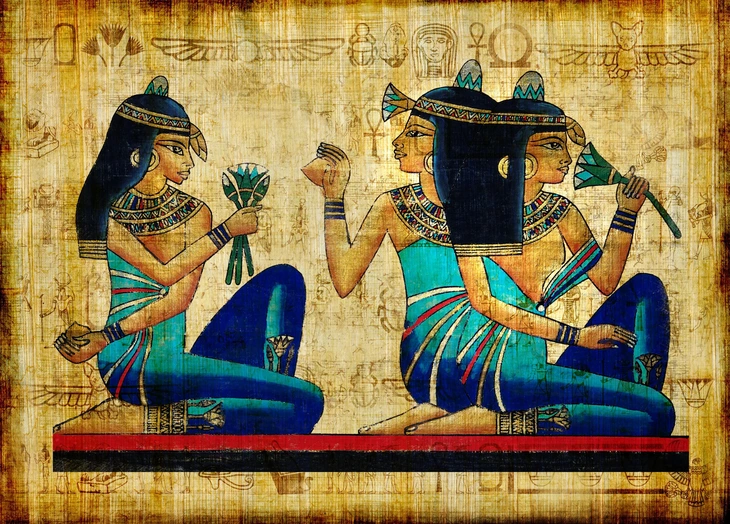
Mysterious Egyptian blue - Photo: NEW ATLAS
A team of scientists at Washington State University (WSU), in collaboration with the Carnegie Museum of Natural History and the Smithsonian Institution (USA), has just announced an important step forward in the field of archaeology and materials science: successfully recreating the pigment "Egyptian blue".
Egyptian blue is the world's oldest synthetic color, dating back about 5,000 years.
The study, recently published in NPJ Heritage Science , describes how scientists reconstructed 12 recipes for making Egyptian blue, a pigment that was commonly used in wall paintings, sculptures, and coffins in ancient Egypt.
It serves as a cheaper substitute for lapis lazuli and turquoise gemstones.
This pigment disappeared after Roman times and was forgotten during the Renaissance.
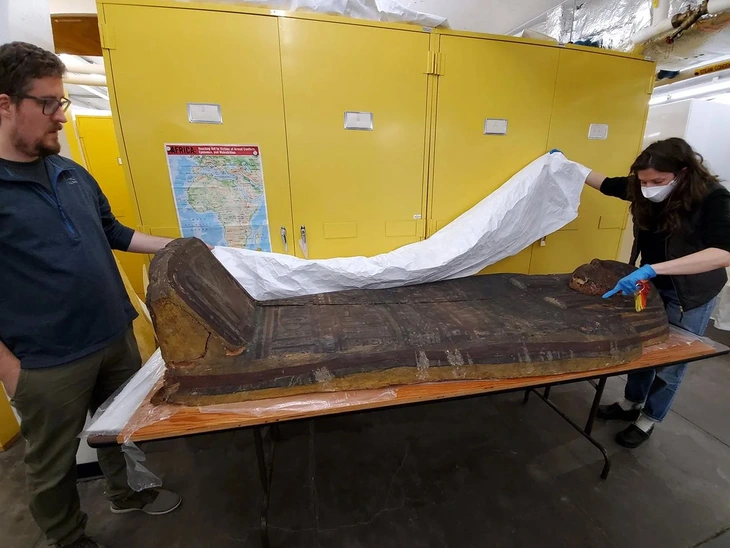
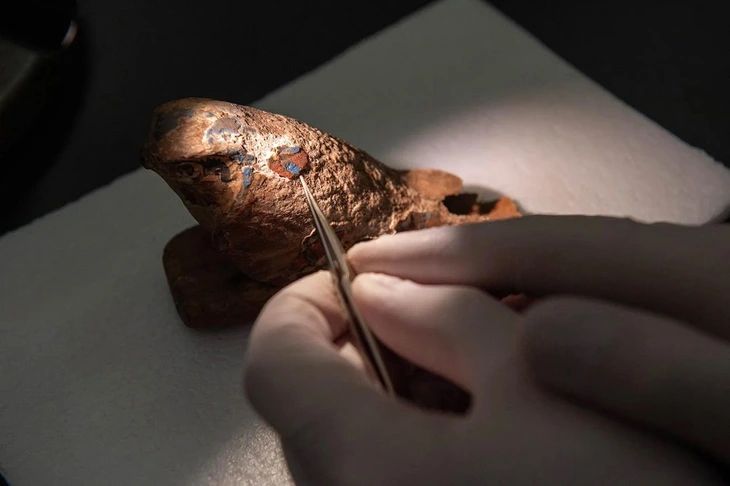
Researchers Travis Olds and Lisa Haney from the Carnegie Museum examine an ancient sarcophagus painted with Egyptian blue pigment. Photo: Washington State University
To recreate this legendary color, the team used four main ingredients: silicon dioxide, copper, calcium, and sodium carbonate, materials that ancient Egyptian craftsmen had access to.
The mixture was fired in a kiln at 1,000°C for periods ranging from 1 to 11 hours. The samples were then cooled at different rates. The results showed that the slow-cooled samples had a much deeper, more durable and vibrant blue hue than the fast-cooled samples.
Notably, this study also found that 100% cuprorivaite (CaCuSi₄O₁₀) - a silicate containing copper, calcium, and silicon to produce the characteristic Egyptian blue. Instead, only about 50% cuprorivaite is needed to produce a color close to the ancient original.
Further analysis using spectroscopy, X-ray diffraction and near-infrared spectroscopy revealed that the microstructure of this pigment is very complex.
Each grain, in addition to containing cuprorivaite, also contains interwoven phases such as silica glass, wollastonite mineral and sometimes copper oxide.
This makes Egyptian blue not a single compound, but a composite material. The variety of ingredients and processing results in significant variation in hue.
Another finding is related to the cooling technique: samples cooled slowly, such as by cooling in sand or ash, have up to 70% higher cuprorivaite content than samples cooled quickly in air, explaining why their hues are deeper and more durable.
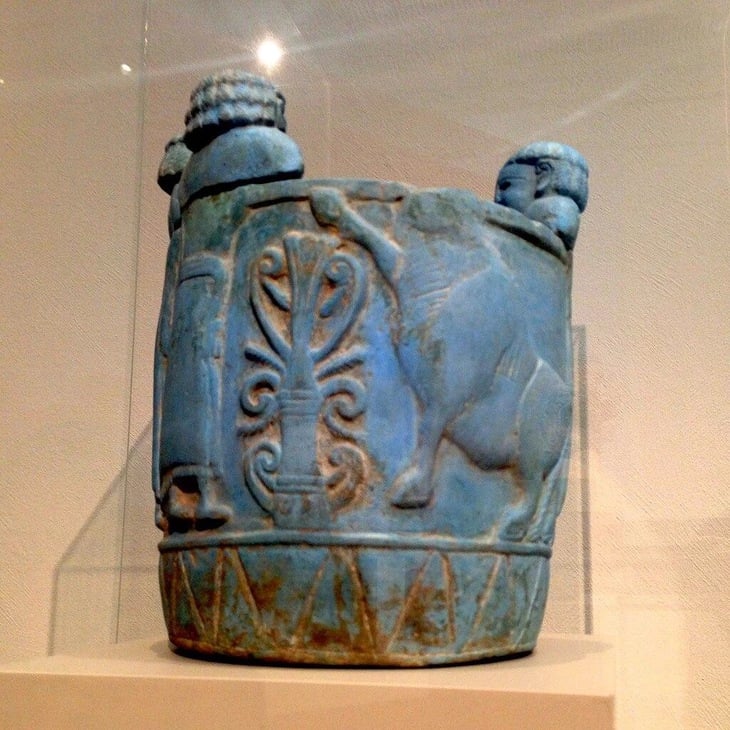
Pyxis box made from Egyptian blue, produced around 750 - 700 BC - Photo: BAIRUILONG
Egyptian Blue fascinates scientists
Not only a symbol of ancient art, Egyptian blue is now attracting attention from modern science.
This pigment has the ability to emit infrared light when illuminated by visible light, a property that makes it ideal for applications in security inks, biomedical imaging, and telecommunications.
Its crystal structure is also similar to high-temperature superconductors, opening up new potential for materials research.
Although the project was initially intended to create a museum display, it ended up opening up a profound journey of exploration into ancient technology, which in turn suggests contemporary applications.
Reconstructed pigment samples are now on display at the Carnegie Museum of Natural History in Pittsburgh, in a new exhibition on ancient Egypt.
Source: https://tuoitre.vn/tai-tao-mau-xanh-ai-cap-huyen-bi-tu-phuong-phap-5-000-nam-20250603132335566.htm





























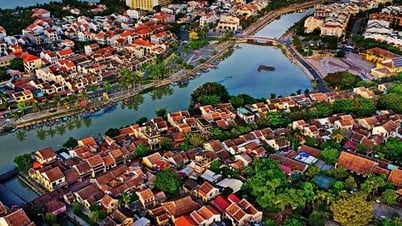






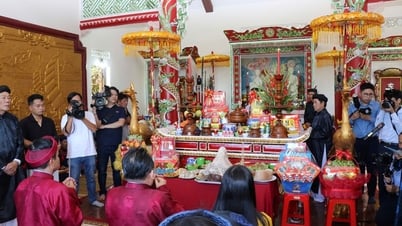

















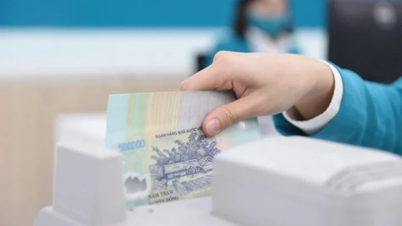






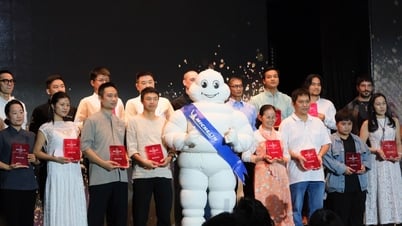



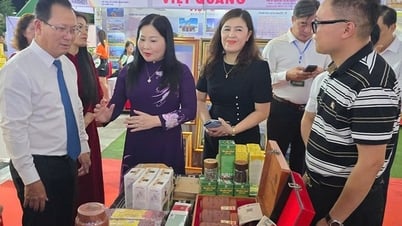






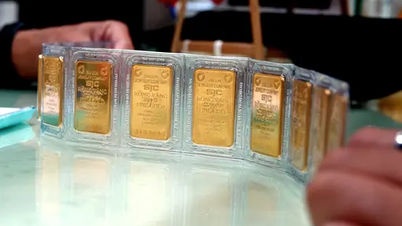




















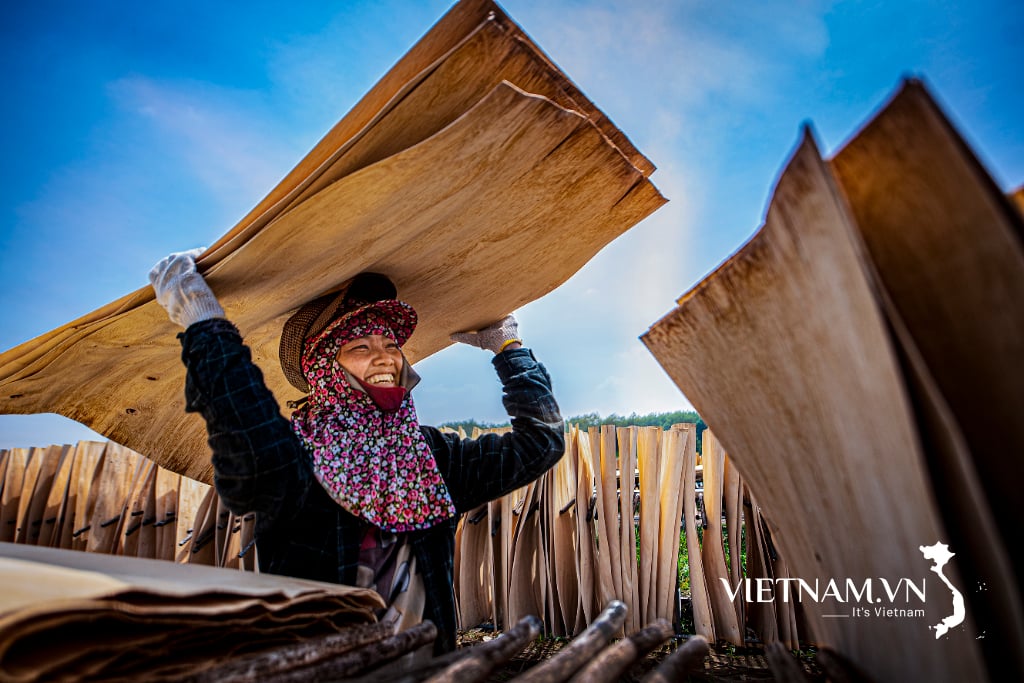
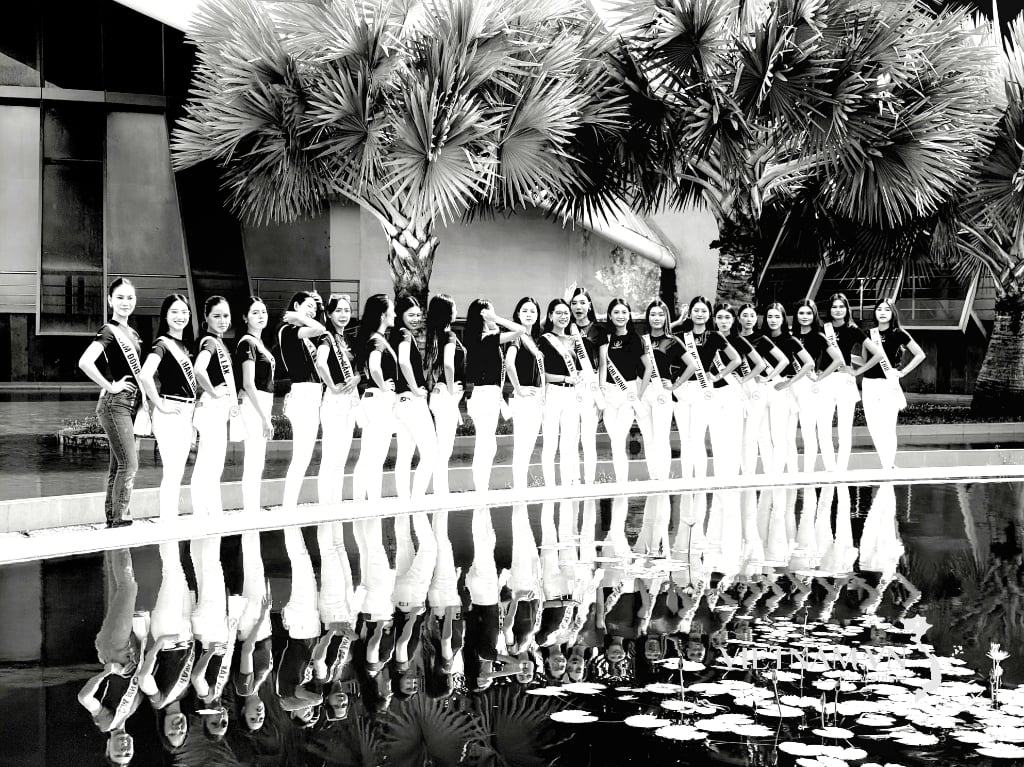
Comment (0)